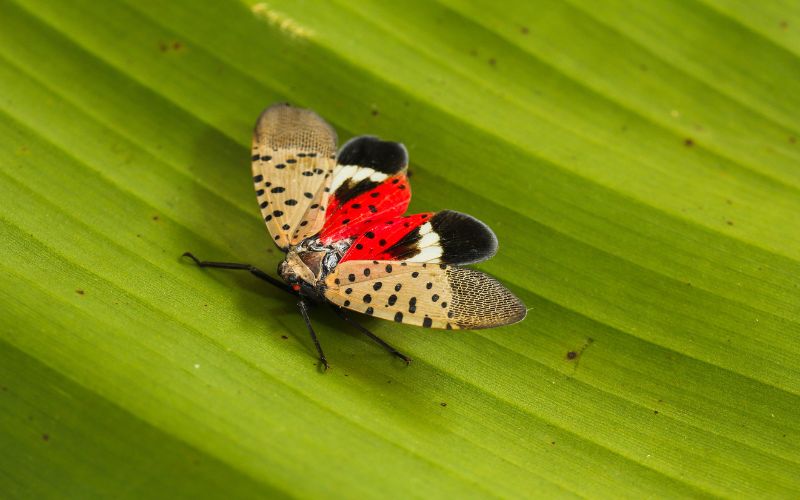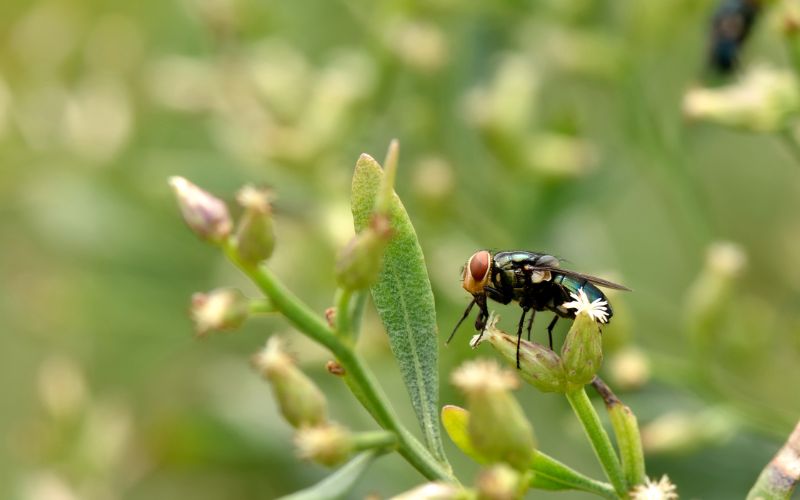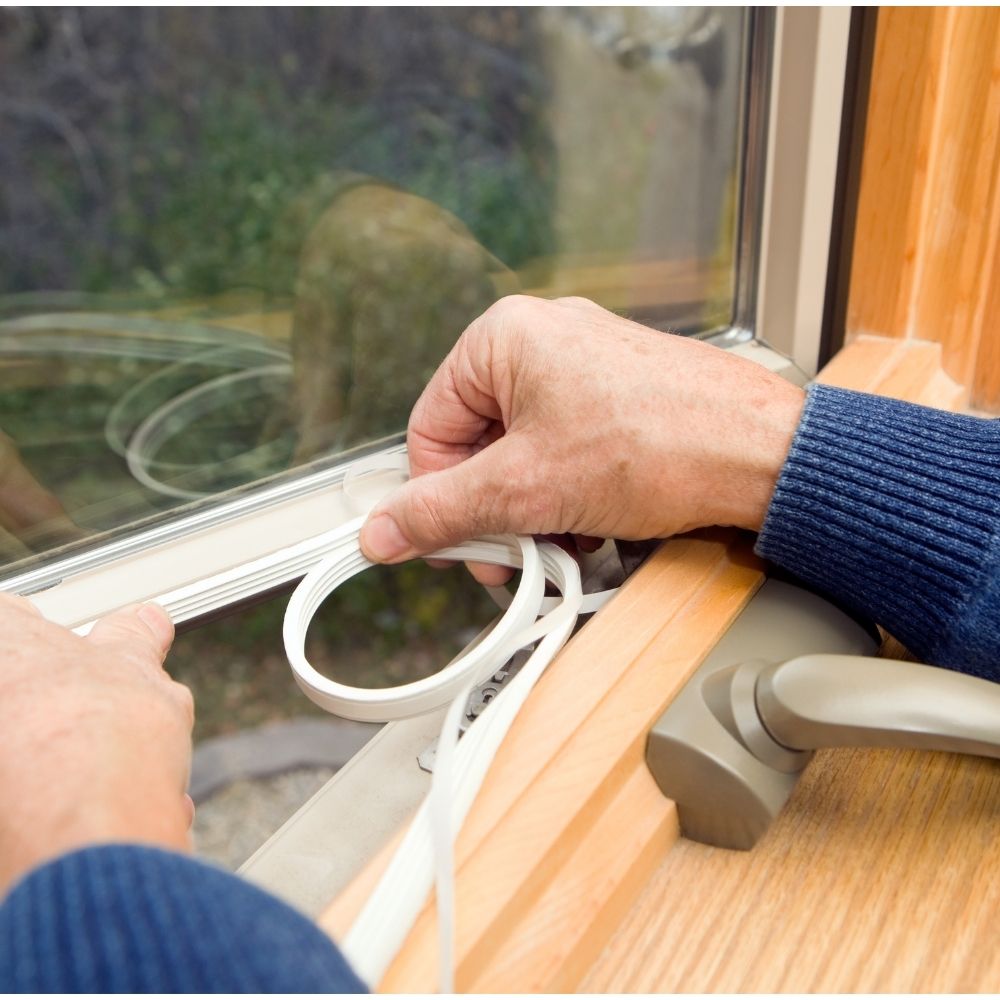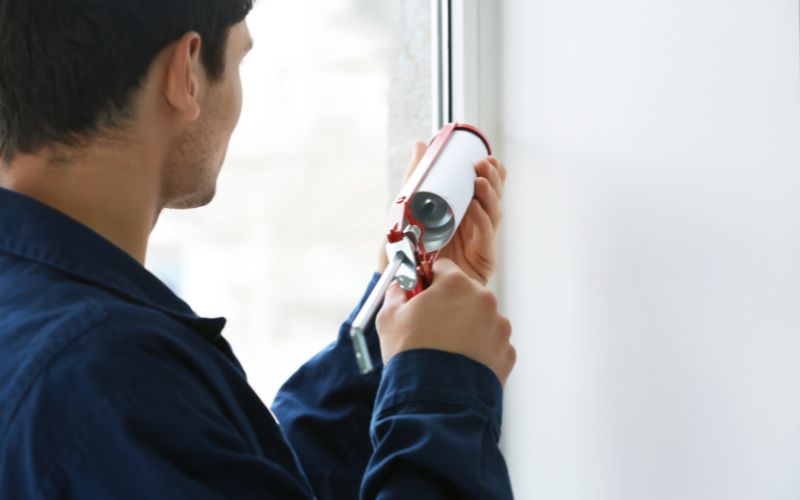While most people are familiar with common household pests, a new class of threat is emerging: invasive species that can cause widespread damage to agriculture, wildlife, and even human health.
These pests aren’t just a problem in faraway places—they’re appearing in our own backyards due to a perfect storm of climate change and global travel.
Understanding these new threats can help you be more vigilant about all pests, from the uncommon to the common, like bed bugs.
New Pest Outbreaks and Invasive Species in the US

1. The Spotted Lanternfly
Originating in East Asia, the spotted lanternfly is a visually striking but devastating pest. It feeds on over 70 species of plants, including valuable crops like grapes, apples, and maple trees.
The insect’s rapid spread is fueled by its ability to hitchhike on vehicles and cargo. As it feeds, it excretes a sugary substance called “honeydew” that promotes the growth of black sooty mold, which can kill plants and create a sticky, messy problem in yards and public spaces.
2. The Asian Longhorned Tick
First discovered in New Jersey in 2017, the Asian longhorned tick has now been confirmed in over 20 states, including Tennessee. This tick is a major concern because it can reproduce asexually, meaning a single female can lay up to 2,000 eggs without a male. This incredible reproductive ability allows it to establish huge populations very quickly on a single animal.
While its primary host is livestock, causing severe blood loss and economic damage, it will also feed on pets, wildlife, and humans. It is now being studied to determine its potential role in transmitting diseases to humans in the U.S.
3. The New World Screwworm
Considered eradicated from the United States since the 1960s, the New World screwworm made a shocking return in a 2016 Florida outbreak. These are not typical maggots; screwworm larvae feed on the living flesh of warm-blooded animals, including livestock and wildlife.
They lay their eggs in open wounds, and the resulting infestation can be fatal if left untreated. The resurgence of this pest, which was controlled for decades with a sterile insect technique, highlights how easily invasive species can re-enter and establish themselves in a new environment, especially with increased global travel and climate shifts.
Fortunately, the USDA is not taking this threat lightly, recently moving to set up a new dedicated center in Texas to make a counter-assault against these pests and neutralize the threat.
4. The Kissing Bug
Also known as the triatomine bug, the kissing bug is a nocturnal insect that has become a growing concern in the Southwest, particularly in states like Texas. It gets its name from its habit of biting people on the face, usually around the mouth, while they sleep.
The real danger lies in the parasite it carries in its feces, which can transmit Chagas disease. While not everyone who is bitten will become infected, the disease can cause severe health complications years or even decades later.
Cases have been confirmed in dogs and, more rarely, in humans in Texas, Louisiana, and other southern states.
The Broader Lesson for Pest Management
The rise of these pests demonstrates that no environment is safe from new threats. The common thread among these species is their resilience and ability to spread through human activity.
Being educated about these issues is the first step in protecting your home and family, whether you’re dealing with a new invasive species or a classic pest like a bed bug. A proactive approach, including prevention and having effective solutions on hand, is always the best defense.








